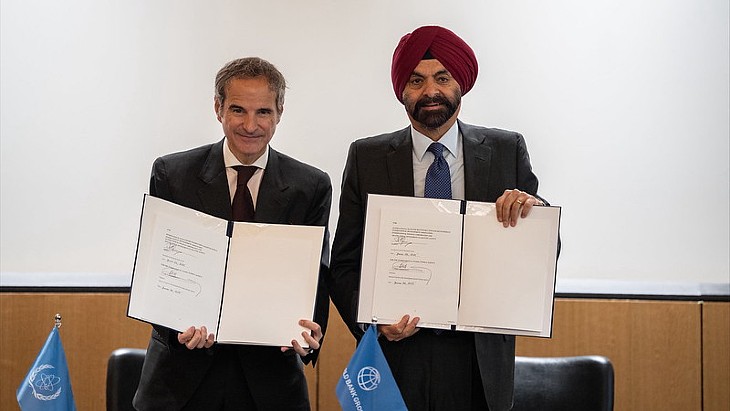SHINE demonstrates Cherenkov radiation from fusion
.jpg)
Named after the 1958 Physics Nobel Prize laureate Pavel Cherenkov, Cherenkov radiation is a form of energy that emits a blue glow when charged particles move faster than the speed of light in a specific medium, such as water. Light travels at about 75% of its normal speed when in water, and particles moving faster than this form a shock wave as they slow down, releasing energy that creates the blue glow. Fission reactors are well known for producing this radiation, which is a normal occurrence.
Using its proprietary technology, SHINE Technologies has now demonstrated clearly visible Cherenkov radiation produced by fusion.
This fusion-driven Cherenkov radiation effect is a result of deuterium-tritium fusion operations on SHINE's main campus in Janesville, Wisconsin, supporting the launch of the company's FLARE (Fusion Linear Accelerator for Radiation Effects) service, and ultimately supporting its isotope production process. The target chamber of SHINE's fusion system is submerged underwater, allowing for the generation of visible Cherenkov radiation.
In the case of creating Cherenkov radiation in fusion, SHINE said the fast charged particles are believed to be created when hydrogen absorbs a neutron and emits a high energy gamma ray that then strikes an electron, accelerating it to near the speed of light.
"The Cherenkov radiation effect produced here was bright enough to be visible, which means there's a lot of fusion happening - about 50 trillion fusions per second. At a billion fusions per second, you might have measurable Cherenkov radiation but not visible amounts," said Gerald Kulcinski, Grainger Professor of Nuclear Engineering-Emeritus and Director of Fusion Technology-Emeritus at the University of Wisconsin-Madison. "These results are powerful evidence of nuclear processes at play and further proof that fusion can produce neutrons on par with some reactors."
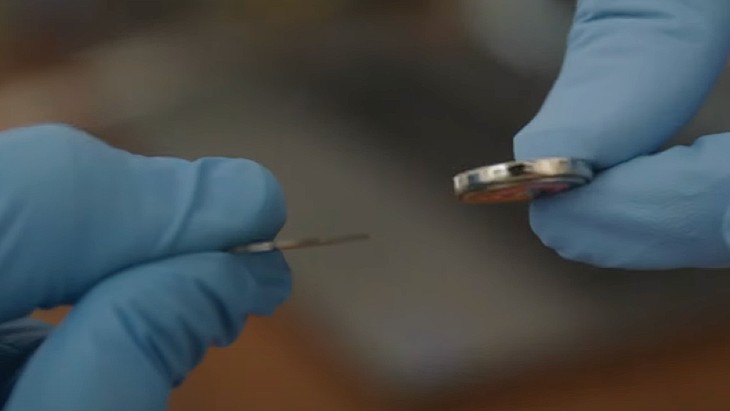
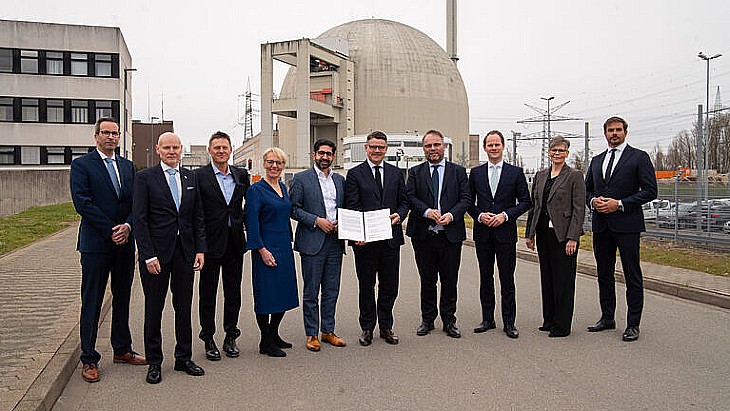
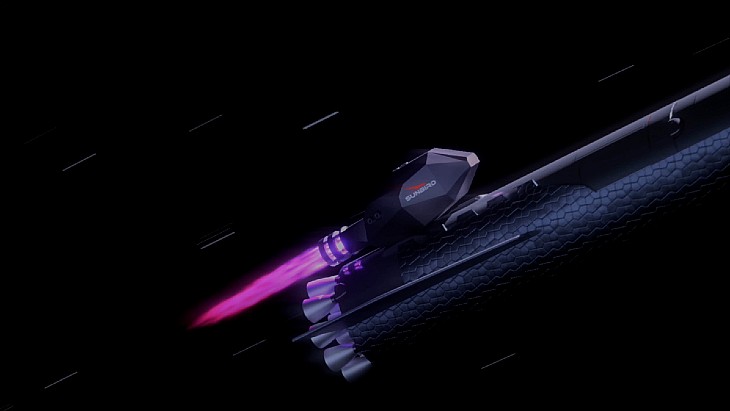
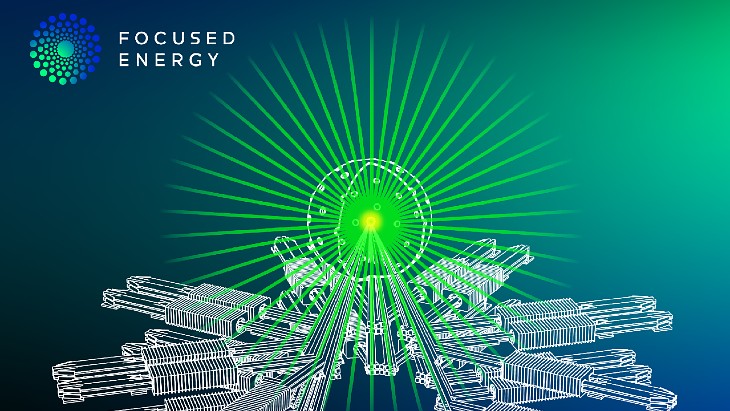





..._58412.jpg)
